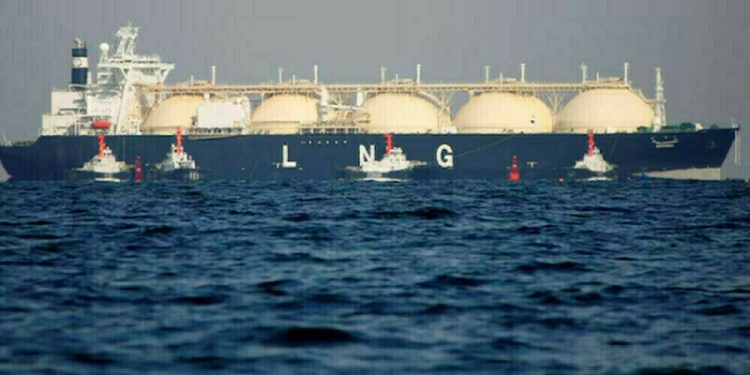Myanmar rubber farmers and producers battered by months of low prices are enjoying some respite following a recovery in global markets last year.
With weak local demand Myanmar’s rubber industry is at the mercy of world markets, and low prices throughout 2015 and much of 2016 led many of the country’s rubber producers to shut down operations.
But global markets started to recover last year. In January 2016, a tonne of RSS 3, or ribbed smoked sheet 3, sold for $1260 on the Bangkok commodity exchange. By the end of 2016 the price had risen to $2230 per tonne.
“World prices have almost doubled since October 2015 because of lower production among southeast Asian countries, due to heavy rainfall making it hard to harvest latex from rubber trees, and the increased production of motor vehicles in China and Japan,” said U Khaing Myint, secretary general of the Myanmar Rubber Planters & Producers Association (MRPPA).
Demand in the local Myanmar market remains unchanged, but the recovery in global markets had pulled up prices for the country’s farmers and exporters, he said.
“Local prices for Myanmar rubber were around K500 per pound in October 2016 but have now it reached K1000,” he said. That equates to around $1692 per tonne, and the export price for Myanmar rubber is around $1850, U Khaing Myint said.
Myanmar rubber is not made to an international standard and still sells at a discount in the international market despite nascent efforts to address seed quality, growing methods and modernise production.
Myanmar exported 88,000 tonnes of rubber in the fiscal year 2015-16 and more than 70 percent of the total export goes to China, according to data released by the MRPPA. Japanese firms, however, are eager to improve the quality of Myanmar rubber to cultivate the country as a source of imports.
Export data for this fiscal year was unavailable, but U Kyaw Zwar, owner of Sein Lan Pyaw Sone rubber production, believes that stronger demand from China and Japan is helping to push up prices for Myanmar exports.
Rubber farmers and labourers are happy to see the price surge, he added.
“I think the price will keep going through Chinese New Year because production [in China and other countries] will stop during the holiday period,” he said. “During 2016 the local price fell below K480 per pound and some farmers stopped collecting latex but they are now back to work.”
U Khing Myint, however, said that many farmers who shut down farms because of the price slump have still not started back up.
“Rubber is the kind of business where you have to be patient even though prices are low,” he said. “At the same time you have to choose the right seed suitable to the geographical area or you won’t survive. Even though prices are low farmers that choose the right seed can still do business because their yield is good.”

























